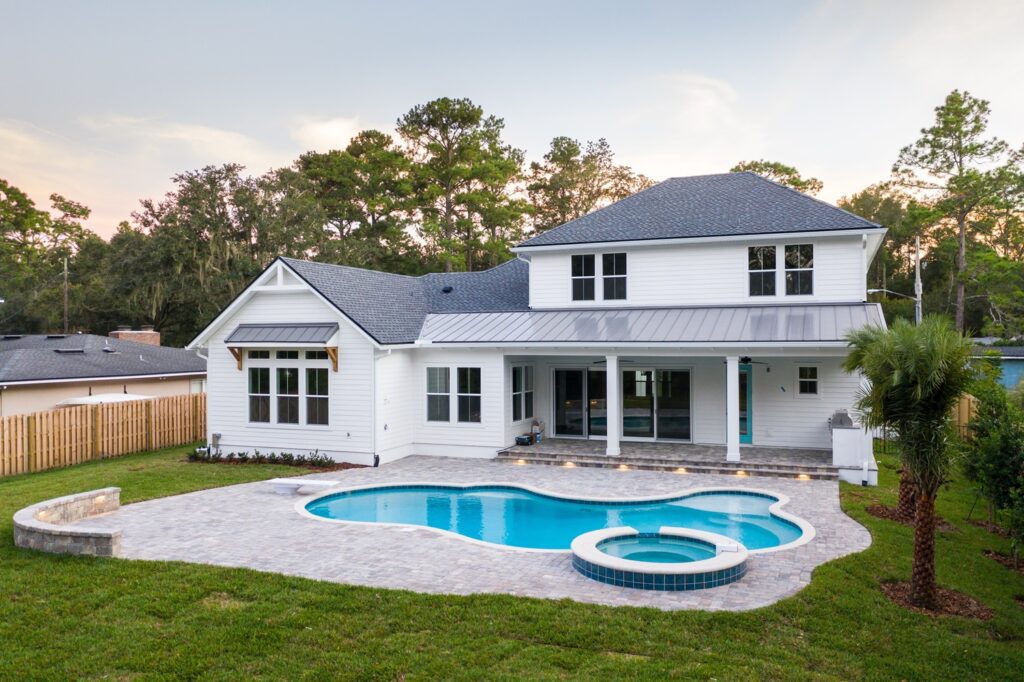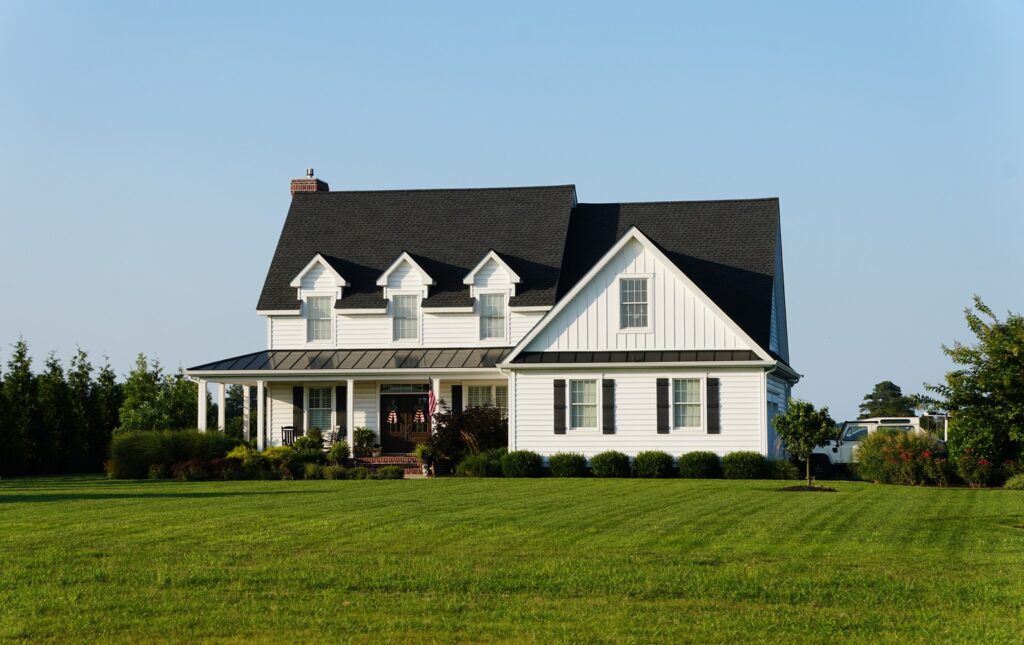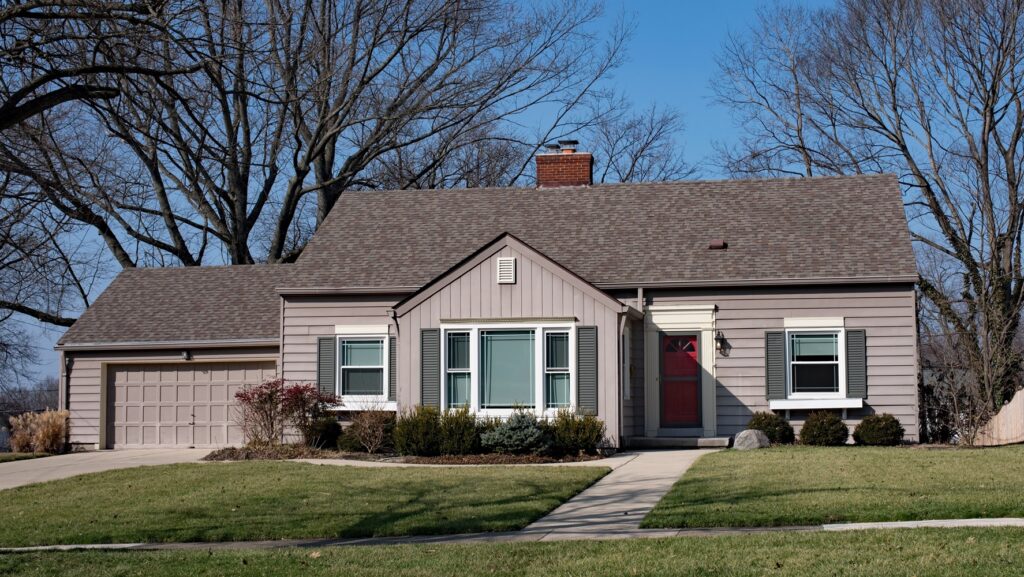Homeowners Insurance
To find the home insurance plan that best fits your unique space and needs, you should explore various options and tailor your coverage accordingly. Here’s a general guide to help you understand and choose the right plan:
Assess Your Home’s Specific Needs
- Size and Type: Is your home a single-family house, a manufactured home, or a condo? Each type may have different coverage requirements.
- Location: Consider the risk of natural disasters like floods or earthquakes in your area.
- Value of Property and Personal Belongings: Evaluate the value of your home and the items inside to determine adequate coverage.


Standard Coverage Options
- Dwelling Coverage: Ensures protection for the main structure of your home. Choose a limit that reflects the cost to repair or rebuild.
- Liability Protection: Choose a limit that covers potential legal costs. Higher limits may be advisable if you have significant assets.
- Personal Property Protection: Decide on a coverage amount that matches the value of your belongings.
Optional Coverage Enhancements
- Jewelry and Valuables: Add coverage for high-value items that exceed standard limits.
- Yard and Garden: Protect landscaping and garden equipment if they’re valuable or if you have extensive outdoor areas.
- Sports Equipment: Add coverage if you have expensive or specialized sports gear.
- Musical Instruments: Ensure high-value musical instruments are covered.


Additional Coverage Options
- Host Protection: If you rent out your home or share it with guests (personally or with platforms like Airbnb, VRBO, etc.), this coverage helps protect your belongings.
- Flood Insurance: If you’re in a flood-prone area, this additional policy is essential as it’s not typically included in standard coverage.
- Personal Umbrella Policy: For added liability protection beyond your standard policy limits.
Evaluate and Customize Your Plan
- Discuss with us: We’ll help review your options and adjust coverage based on your specific needs.
- Consider Deductibles: Choose a deductible amount that balances your premium costs with your financial comfort in the event of a claim.


Regular Review
- Update Coverage: Review and adjust your policy regularly, especially after significant life changes like renovations, purchasing new valuables, or moving to a different location.
Next Steps:
- Contact Us: Please reach out to us for personalized recommendations based on your home’s specifics.
- Get a Quote: Obtain quotes for different coverage levels and options to compare and select the best plan for you.
- Finalize Your Plan: We’ll work with you to finalize coverages that fit your needs and budget.
Standard Coverage Types
Protects the physical structure of your home, including walls, roof, and built-in appliances.
Covers belongings inside your home—such as furniture, electronics, and bicycles—against risks like theft or damage, even when they’re outside your home.
Covers damages if you accidentally harm someone or damage someone else’s property. It also covers legal costs if you’re sued due to an injury or property damage on your premises.
Pays for medical expenses if a guest is injured on your property, regardless of fault.
Optional Coverage Types
Provides extra liability coverage beyond the limits of your standard homeowners policy. Ideal for protecting against large liability claims.
Covers your belongings when you’re sharing your home with guests, such as through short-term rentals or home-sharing services.
Offers similar protection to standard homeowners insurance but specifically designed for manufactured or mobile homes.
Offered through the National Flood Insurance Program (NFIP), this coverage protects against damages caused by flooding, which is not typically included in standard homeowners policies.
Deductibles and Limits
- Definition: A deductible is the amount you must pay out of pocket before your insurance policy starts covering the remaining costs of a claim.
- Application:
- Not Always Applicable: Some types of coverage, like Liability Protection or Guest Medical Protection, may not require a deductible.
- Applicable Coverage Types: Deductibles typically apply to Dwelling Coverage, Other Structures Coverage (if you have this), and Personal Property Coverage.
- Impact on Premiums:
- Higher Deductible: Choosing a higher deductible generally lowers your monthly or annual premium but means you’ll pay more upfront in the event of a claim.
- Lower Deductible: Opting for a lower deductible usually results in higher premiums but less out-of-pocket expense if you file a claim.
- Finding Your Deductible:
- Check your Policy Declarations to find the exact deductible amount for your coverage types. This document outlines the specifics of your policy, including coverage limits and deductibles.
- Definition: Limits refer to the maximum amount your insurance policy will pay for a covered loss.
- Types of Limits:
- Coverage Limits: This is the maximum amount your carrier will pay for repairs or replacements under various coverage types.
- Personal Property Limits: Standard policies have limits on how much can be claimed for personal property. High-value items may require additional coverage.
- Increasing Limits:
- High-Value Items: If you own valuable items like jewelry, art, or collectibles, consider increasing your coverage limits or adding optional coverage.
- Scheduled Personal Property: For high-value items, you might need to schedule them separately for full coverage.
- Checking Limits:
- Refer to your Policy Declarations under the “Coverage and Applicable Deductibles” or “Scheduled Personal Property” sections to review your limits and adjust as needed.
Next Steps:
- Review Your Policy: Check your Policy Declarations to understand your deductibles and coverage limits.
- Adjust Coverage: Consider increasing limits or adding optional coverage if you have valuable belongings.
- Get a Quote: Contact us for a quick home insurance quote or to discuss coverage options with an agent.

